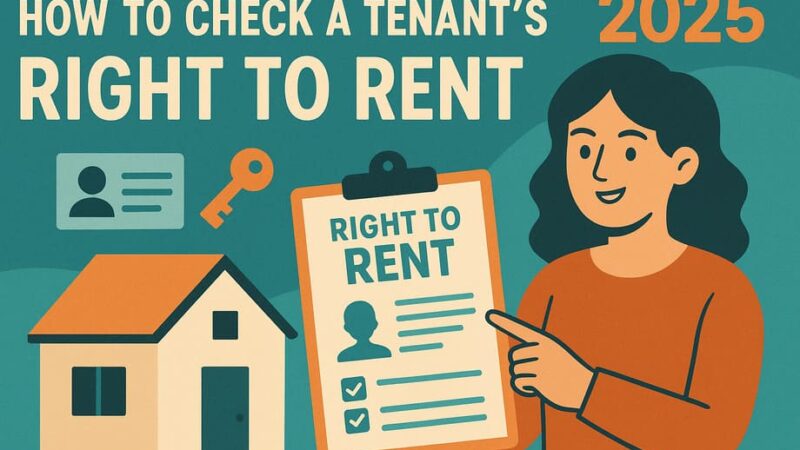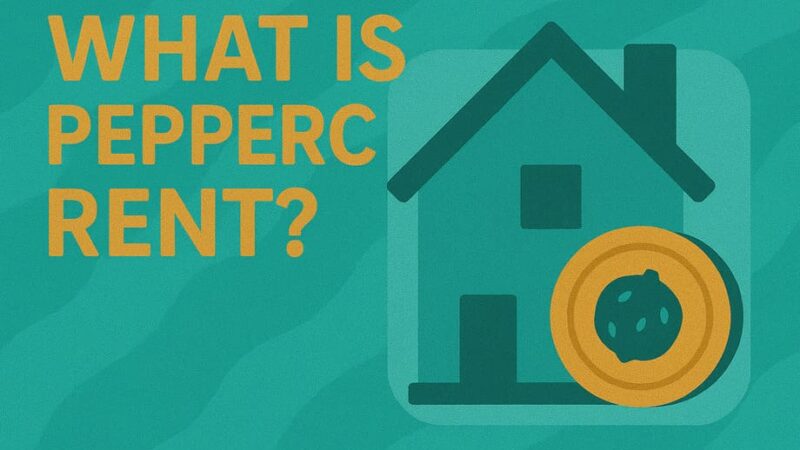What Is a Property Inventory and Why Landlords Need One in the UK

If you are a landlord in the UK, one of the most important steps you can take to protect your property is creating a detailed inventory. A property inventory is more than just a list of items, it is a clear record of the property’s condition and contents at the start of a tenancy. Having one in place can save you from costly disputes, protect tenant deposits, and ensure smoother rental management.
What Is a Property Inventory?
A property inventory is a written document that records everything included in a rental property along with its condition. This usually covers fixtures, fittings, furniture, appliances, and even the state of walls, flooring, and windows.
The inventory is typically created before tenants move in and agreed upon by both landlord and tenant. It serves as an official record so that when the tenancy ends, both sides can compare the condition of the property and decide whether any deductions from the deposit are justified.
Why Landlords Need a Property Inventory
- Protects Against Deposit Disputes
Most deposit disputes in the UK happen because of disagreements about the property’s condition. A detailed inventory backed with photos provides clear evidence that protects landlords from unfair claims while ensuring tenants are treated fairly. - Helps With Legal Compliance
Since the introduction of tenancy deposit protection schemes in the UK, landlords must follow stricter procedures when it comes to deposits. An inventory provides crucial evidence in case of adjudication, making it easier to comply with the law. - Builds Trust With Tenants
An inventory shows tenants that you are transparent and fair. It reassures them that they won’t be charged for damages they didn’t cause, which helps to create a more positive landlord–tenant relationship. - Saves Money in the Long Run
Without an inventory, it can be difficult to prove damage beyond fair wear and tear. This may force landlords to cover repair or replacement costs themselves. A detailed inventory helps avoid unnecessary expenses. - Provides a Maintenance Record
An inventory doubles as a maintenance log. By recording the property’s condition at different stages of the tenancy, landlords can spot recurring issues and plan for repairs more effectively.
What Should Be Included in a Property Inventory?
A good property inventory should cover:
- Property details: address, tenancy start date, and names of landlord and tenants
- Room-by-room list of fixtures, fittings, and furniture
- Condition notes using clear terms such as “good,” “fair,” “worn,” or “damaged”
- Meter readings for gas, electricity, and water
- Safety equipment checks (smoke alarms, carbon monoxide detectors, fire extinguishers)
- Outside areas such as gardens, fences, and sheds
- Photographs or videos with timestamps for added evidence
- Signatures of both landlord and tenant
When Should a Property Inventory Be Completed?
The ideal time to create an inventory is just before the tenant moves in. Both parties should walk through the property together, check the condition of each item, and sign the inventory once they agree. It is also recommended to update the inventory during periodic inspections and again when the tenancy ends.
Tips for Landlords Using a Property Inventory
- Always do the inventory in writing and include photos
- Be as detailed as possible, avoid vague descriptions
- Go through the inventory with your tenant to confirm agreement
- Keep copies signed by both landlord and tenant
- Update the inventory after major repairs or replacements
How-To – Create a Property Inventory in the UK
Step 1: Prepare a template
Download a landlord property inventory template in Word or PDF to ensure all key sections are covered.
Step 2: Walk through the property
Inspect each room carefully and list all furniture, fixtures, and fittings. Note their condition using clear terms such as “good” or “worn.”
Step 3: Record meter readings
Note down gas, electricity, and water meter readings at the start of the tenancy.
Step 4: Take photos or videos
Photograph each room and item to back up your written notes. Use timestamps if possible.
Step 5: Include safety checks
Check smoke alarms, carbon monoxide detectors, and fire safety equipment. Record their condition.
Step 6: Review with the tenant
Walk through the property with the tenant and go through the inventory together.
Step 7: Sign and keep copies
Both landlord and tenant should sign and date the inventory, with copies kept by each party.
Step 8: Update when necessary
Review and update the inventory during inspections, after repairs, and at the end of the tenancy.
FAQ
What is a property inventory in the UK?
A property inventory is a detailed document that records the contents and condition of a rental property at the start of a tenancy. It includes fixtures, fittings, furniture, and the overall condition of the property.
Why do landlords need a property inventory?
Landlords need a property inventory to protect against deposit disputes, provide evidence in case of damage, and build trust with tenants. It also helps with legal compliance and long-term maintenance planning.
When should a property inventory be completed?
The inventory should be created just before tenants move in, checked and signed by both landlord and tenant, updated during inspections, and reviewed at the end of the tenancy.
What should be included in a property inventory?
A property inventory should include a room-by-room list of items, their condition, meter readings, safety checks, outside areas, and photos as evidence.
Is a property inventory legally required in the UK?
It is not a legal requirement, but it is strongly recommended. Without an inventory, it can be difficult to prove damage or justify deposit deductions.
Final Thoughts
A property inventory is one of the most effective tools landlords can use to protect their investment and maintain good tenant relationships. It reduces disputes, provides legal protection, and ensures clarity about responsibilities from the start of a tenancy.
Whether you are a first-time landlord or an experienced property owner, taking the time to prepare a thorough inventory is a small effort that can prevent major problems later.
Ready to create your own? Download a free landlord property inventory template in Word and PDF to get started today.
Last Updated on September 9, 2025 by James Cartwright







